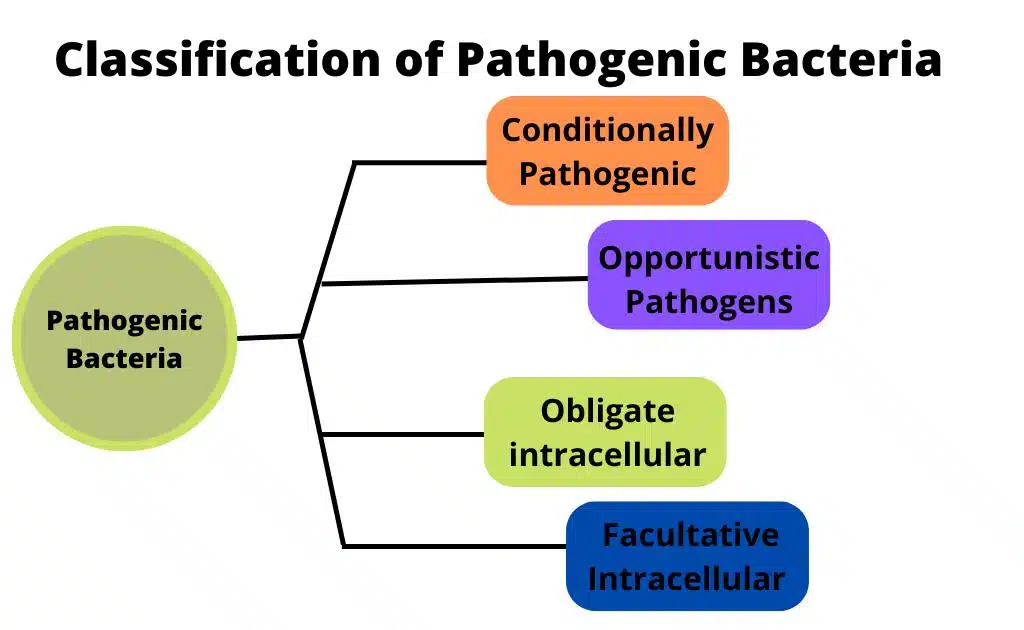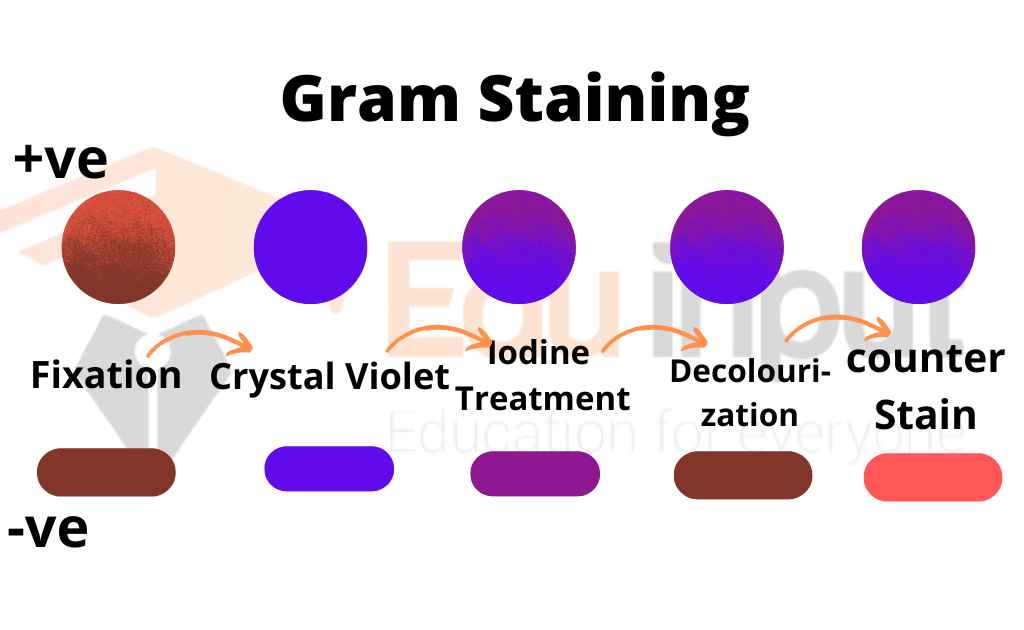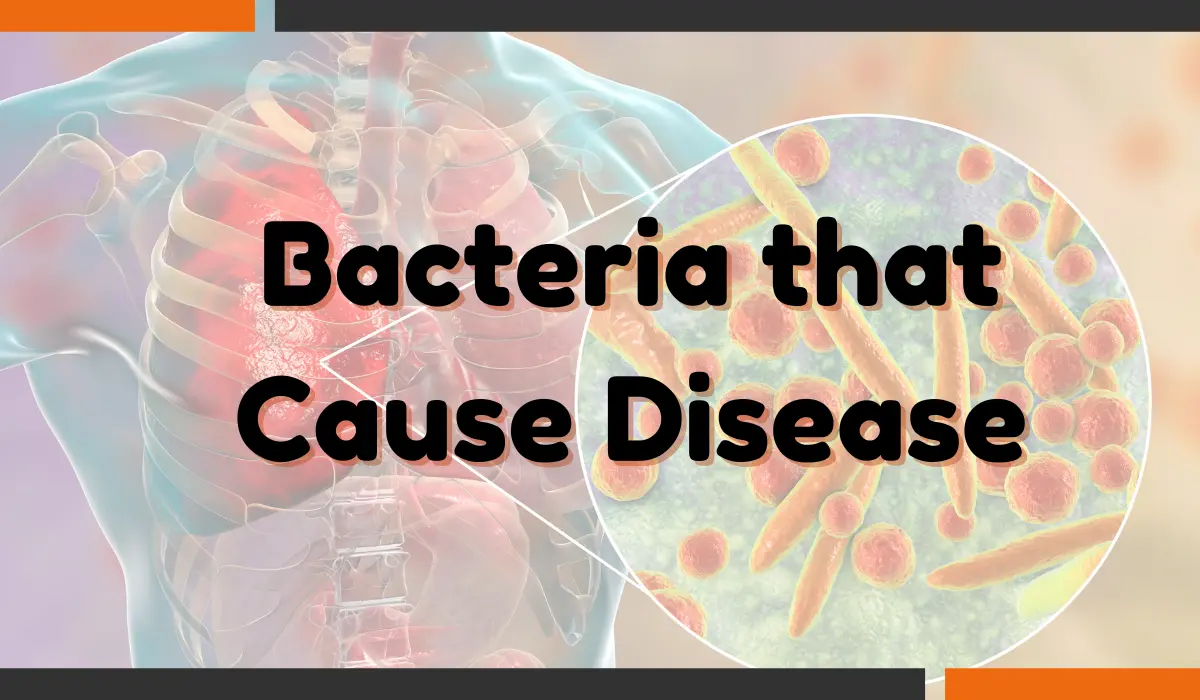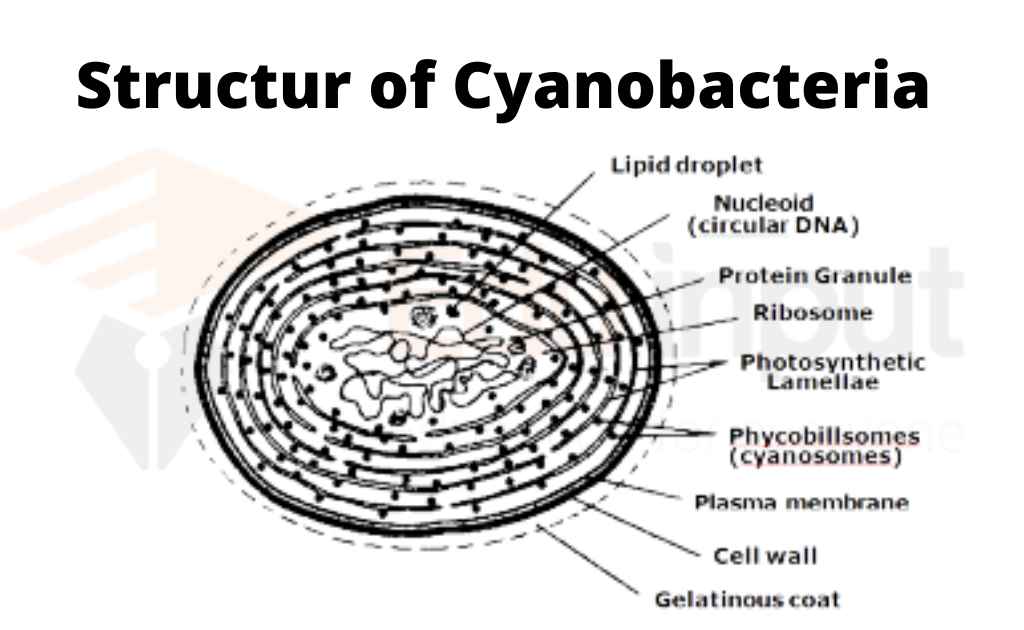Bacterial Pathogenicity | Classification of Pathogenic Bacteria
Pathogens are microorganisms that cause disease. They include bacteria, viruses, fungi, protozoa, and helminths (worms). Some pathogens are transmitted from person to person through direct contact or indirectly via contaminated food or water. Others are spread by insects, animals, or arthropods.
Pathogens can affect humans, plants, and other organisms. They can also infect animals, such as livestock, pets, and wildlife. There are several types of pathogens, depending on their mode of transmission.
What is Pathogenicity?
Pathogenicity refers to the ability of a microorganism or virus to cause disease. Viruses are pathogens because they infect cells and replicate inside them, causing damage and eventually killing the host cell.
Pathogenicity is the ability of a pathogen to produce an infectious disease in an organism. But virulence is the ability of an organism to invade the bloodstream. So while pathogenic bacteria are bacteria that cause infectious diseases, not all bacteria with this capability are pathogenic. In fact, the vast majority of bacteria are harmless or beneficial.
Example of Bacterial Pathogenicity
Bacterial diseases are some of the most dangerous and widespread diseases in the world. They come in all shapes and sizes and can cause a range of different illnesses. Tuberculosis is one of the most deadly, causing around 2 million deaths a year.
It is caused by the bacterium Mycobacterium tuberculosis. Pneumonia is another disease that is caused by bacteria, specifically Streptococcus and Pseudomonas. It too is deadly, killing millions of people every year.
Foodborne illnesses are also caused by bacteria, such as Shigella, Campylobacter, and Salmonella. These bacteria can cause a range of different infections, including tetanus, typhoid fever, diphtheria, syphilis, and leprosy.
Koch’s postulates are useful for determining if there is a cause-and-effect relationship between a microbe and a disease. Each pathogenic bacterium has a specific set of interactions with humans that characterize the disease it causes.
Classification of pathogenic Bacteria
There are four groups of pathogenic bacteria.

Conditionally Pathogenic:
There are some bacteria that are only pathogenic under specific conditions, like an open wound. This allows them entry into the blood. For example, Staphylococcus or Streptococcus is actually part of the normal human flora.
They live on the skin or in the nose without causing disease most of the time. But they have the potential to cause skin infections, pneumonia, meningitis, and even sepsis. Sepsis is a systemic inflammatory response that causes shock, massive vasodilation, and death.
Opportunistic Pathogens:
There are some types of bacteria, like Pseudomonas aeruginosa, Burkholderia cenocepacia, and Mycobacterium avium, that can cause disease in people whose immune system isn’t working properly or who have cystic fibrosis.
Obligate intracellular pathogens:
Some bacteria are intracellular parasites, which means they can only grow and reproduce inside the cells of other organisms. However, infections from these types of bacteria may not show symptoms right away, such as during the incubation period.
An example of an intracellular bacterium is Rickettsia. One species of Rickettsia causes typhus, while another causes Rocky Mountain spotted fever. Chlamydia is another type of obligate intracellular parasite that can cause pneumonia or urinary tract infection. It may also be involved in coronary disease.
Facultative Intracellular Pathogens:
Mycobacterium and Brucella live intracellularly. But they are facultative parasites. They can also damage some internal organs.







Leave a Reply